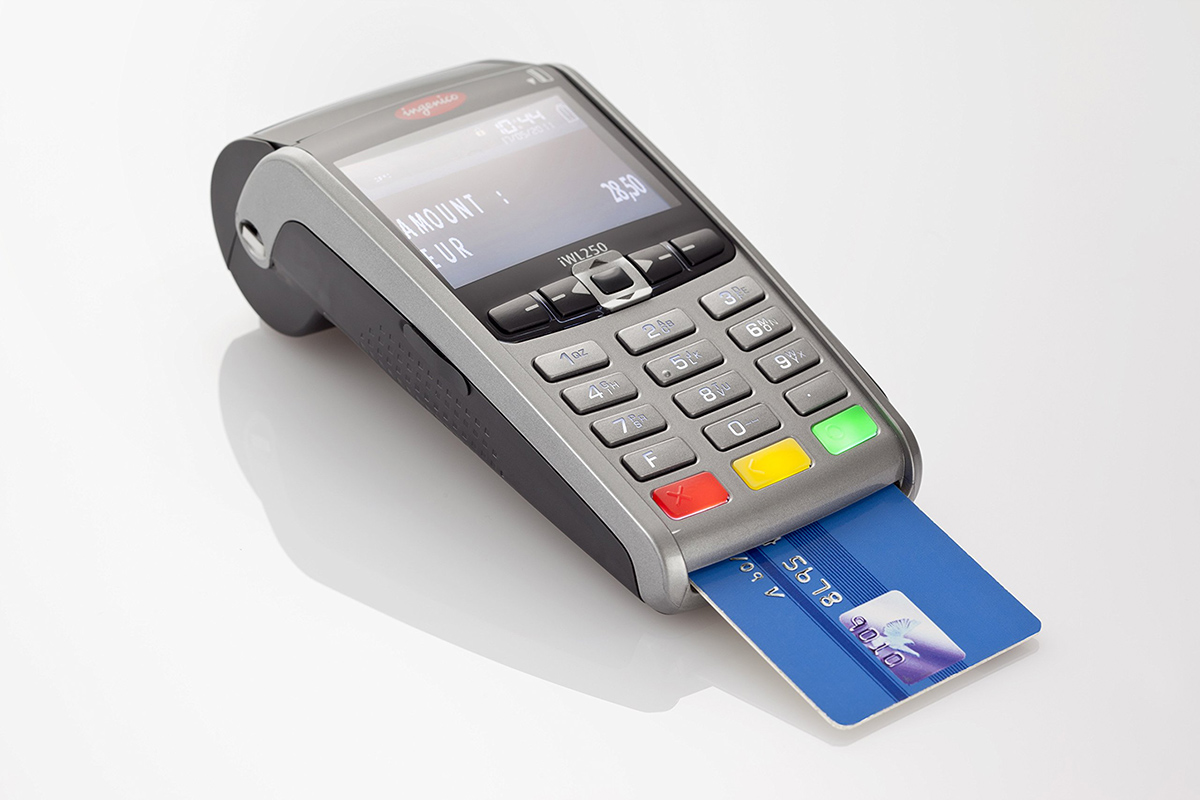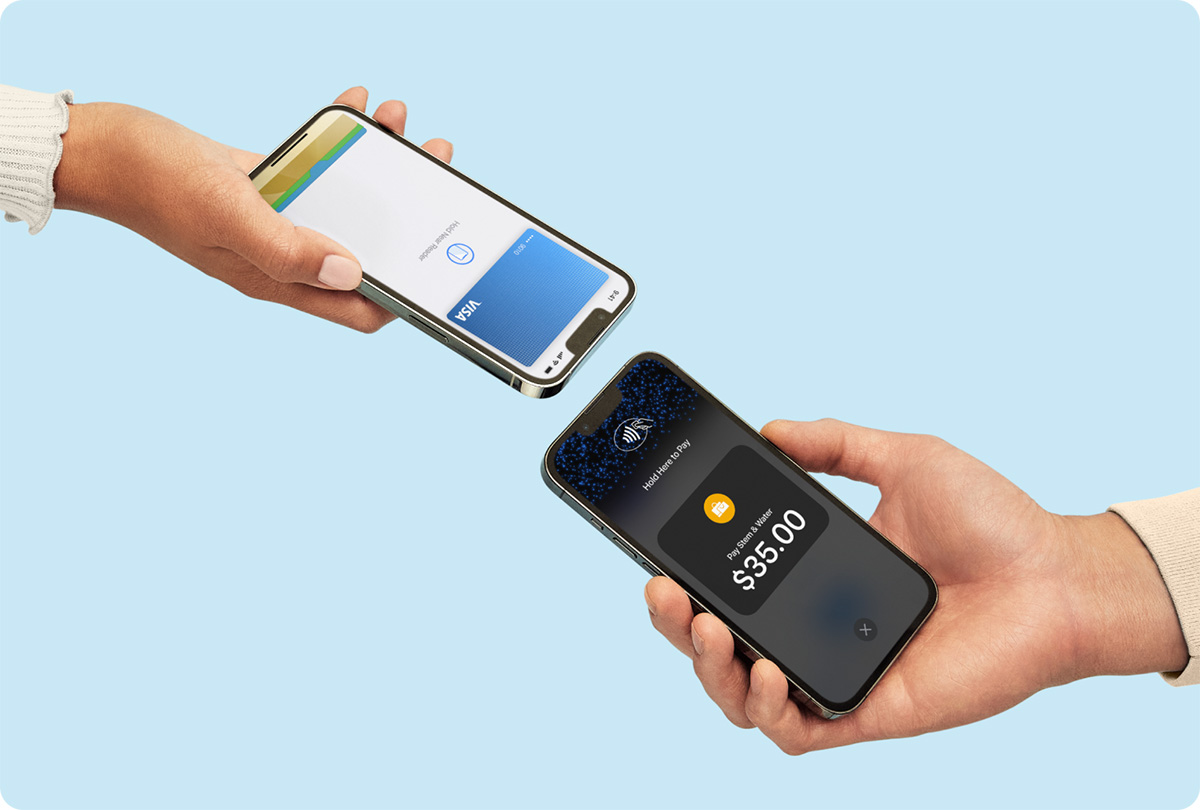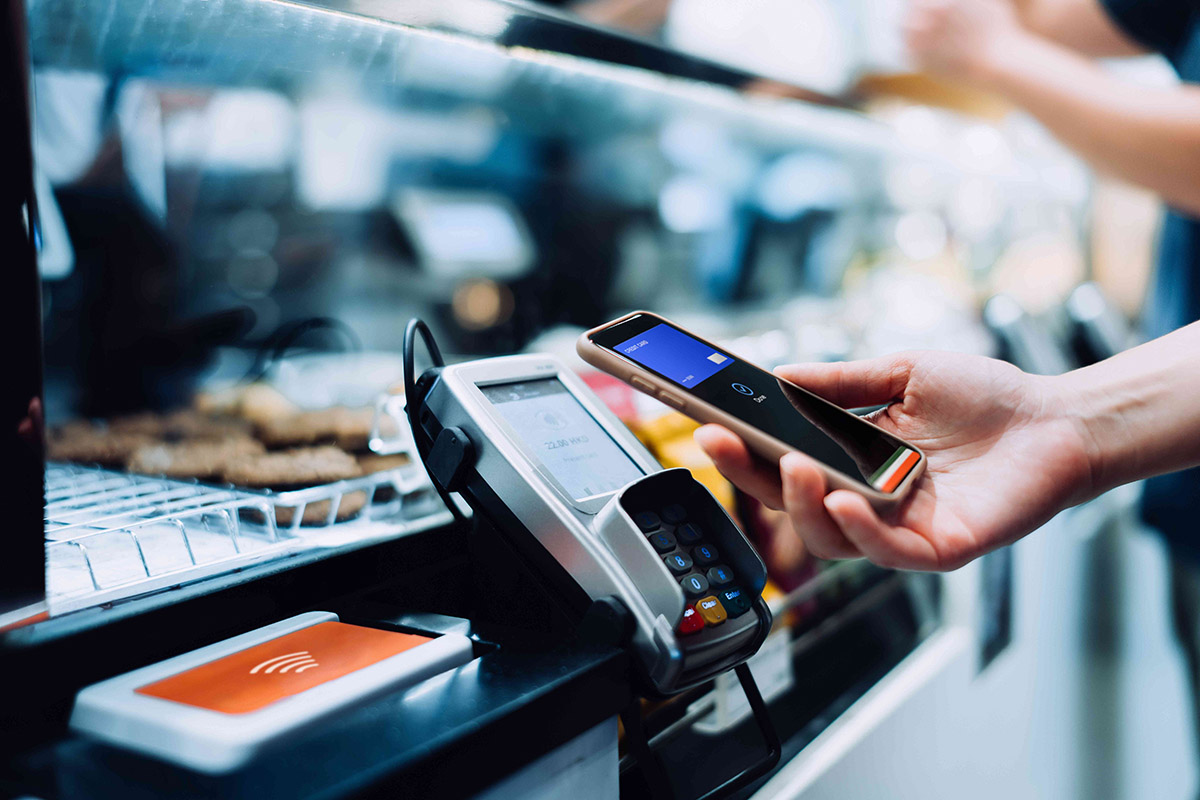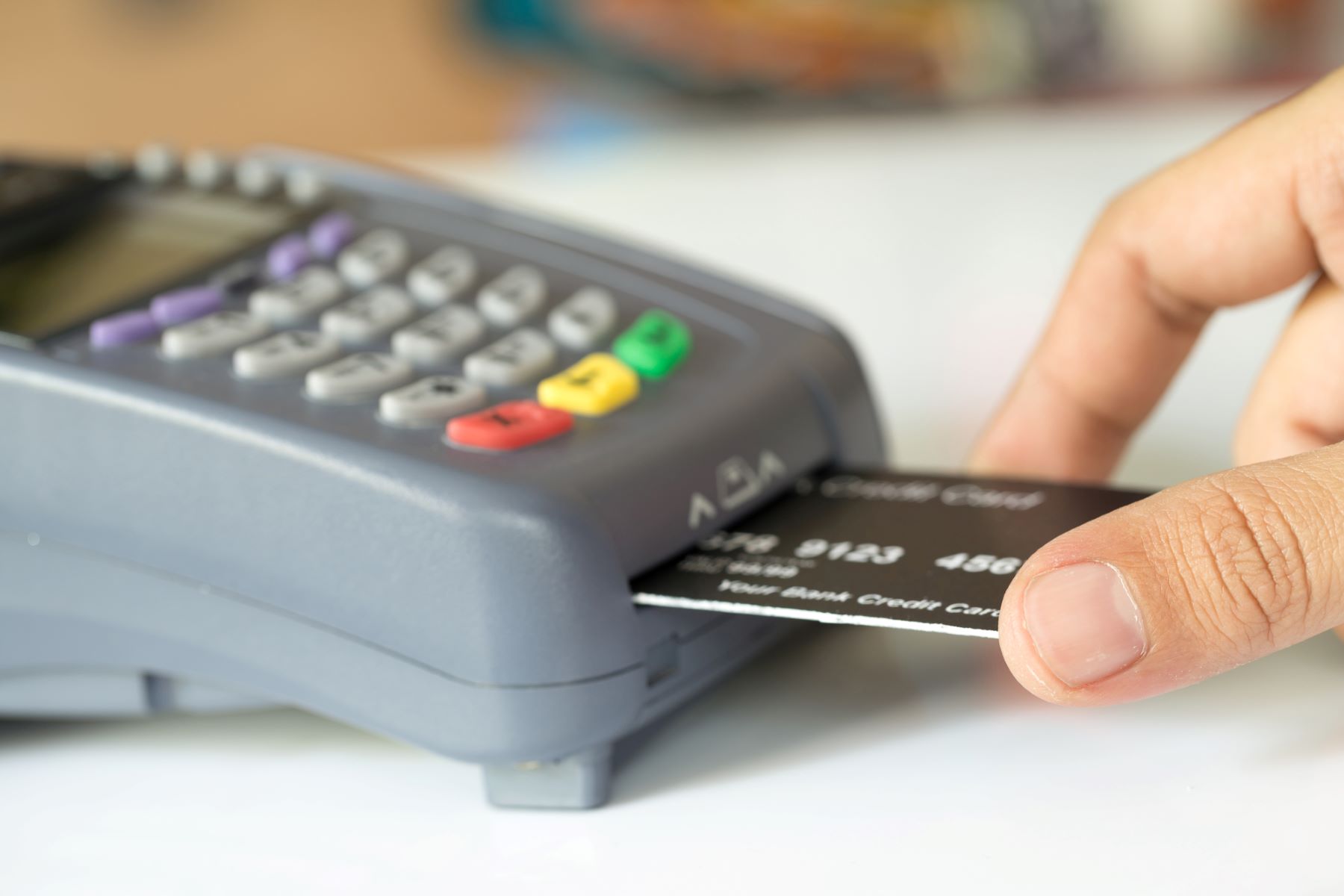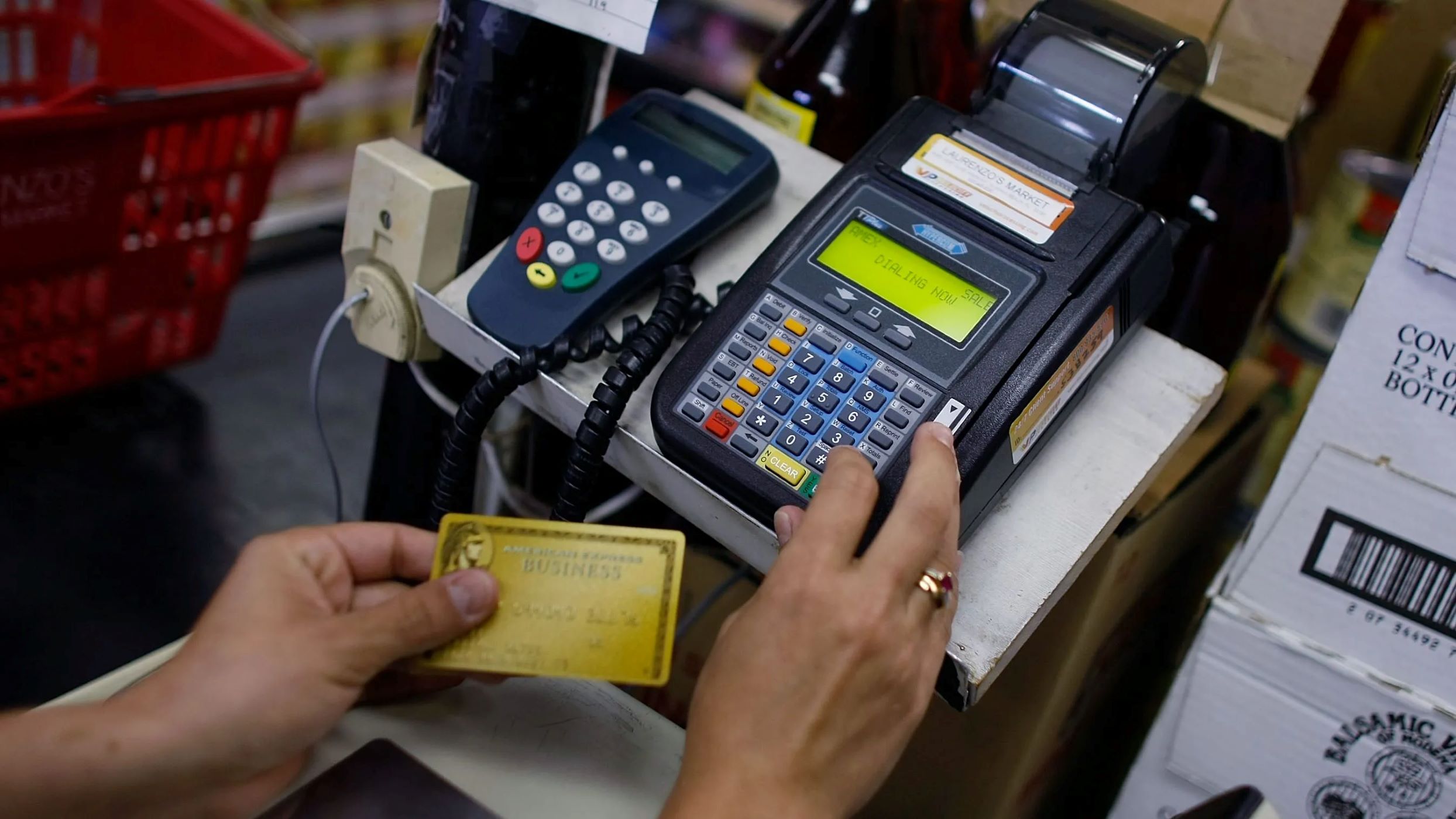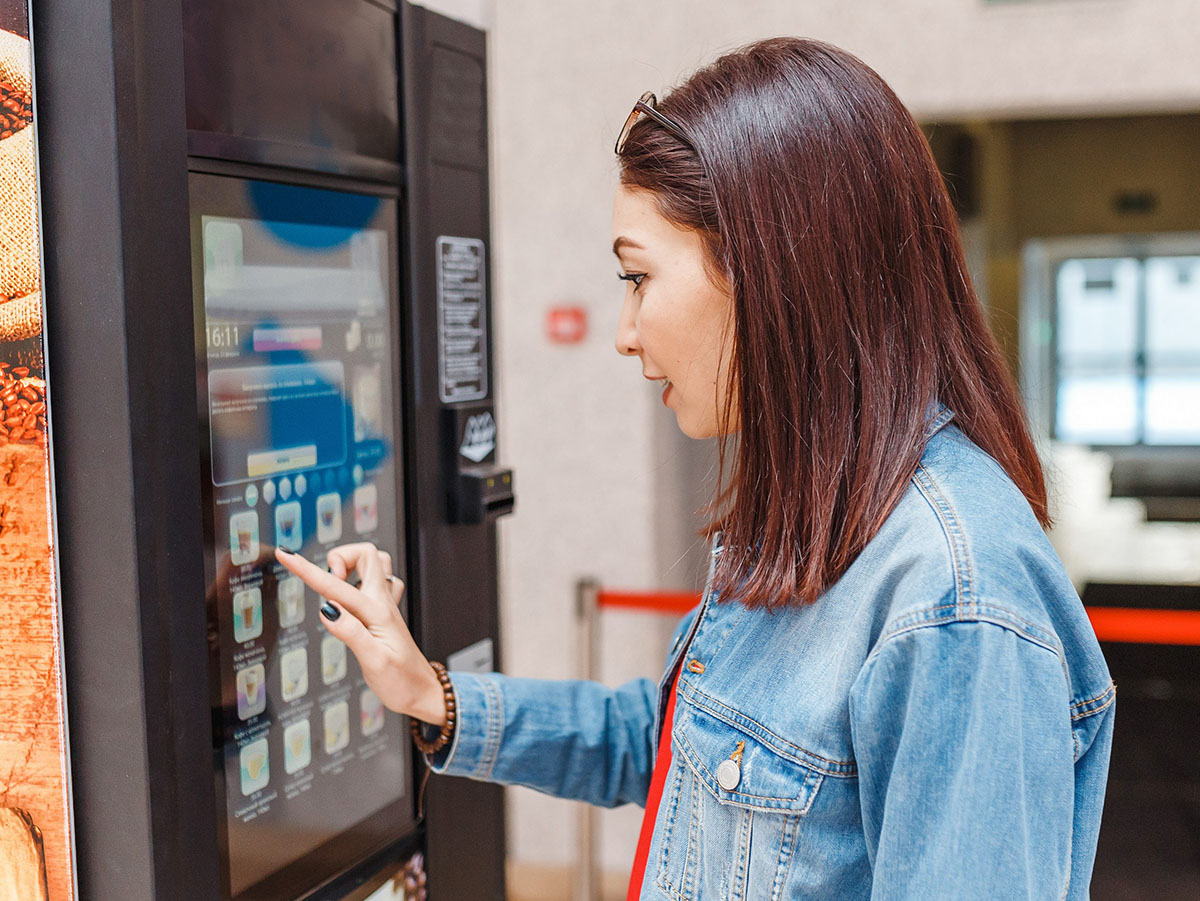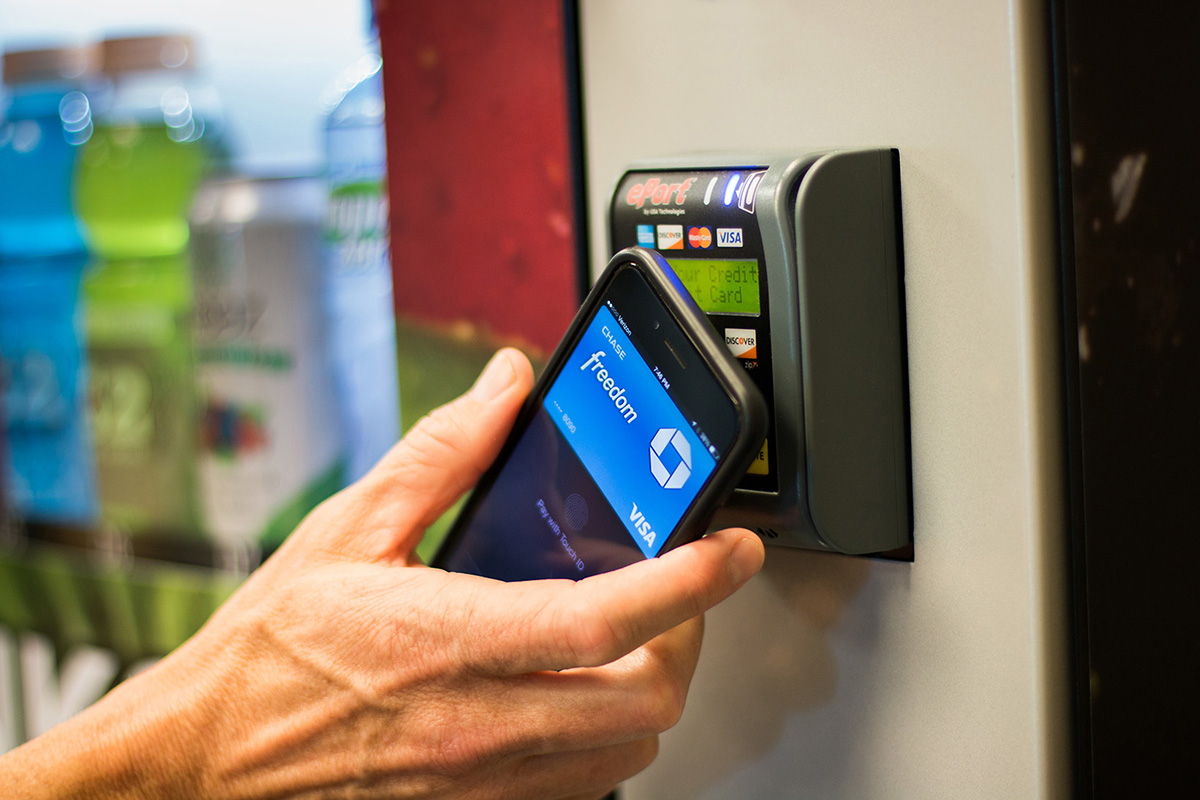Home>Finance>How To Take A Credit Card Payment Without A Machine


Finance
How To Take A Credit Card Payment Without A Machine
Modified: December 30, 2023
Learn how to accept credit card payments without the need for expensive machines. Discover the latest finance solutions that enable seamless transactions.
(Many of the links in this article redirect to a specific reviewed product. Your purchase of these products through affiliate links helps to generate commission for LiveWell, at no extra cost. Learn more)
Table of Contents
Introduction
When it comes to making payments in today’s digital age, credit cards have become the go-to method for individuals and businesses alike. However, not everyone has access to a credit card machine or terminal to process these payments. Fortunately, there are alternative options available that allow you to take credit card payments without a machine. In this article, we will explore five different methods that you can use to conveniently accept credit card payments in the absence of a physical card reader.
Whether you’re a small business owner, a freelancer, or simply someone who needs to collect payment from a friend or family member, these options provide flexibility and convenience. From manual credit card processing to digital wallets, each method has its own set of pros and cons. By understanding these options, you can choose the method that best suits your needs.
So, if you find yourself in a situation where you don’t have access to a credit card machine, keep reading to discover the five methods that can help you take credit card payments hassle-free.
Option 1: Manual Credit Card Payment
One of the simplest ways to take a credit card payment without a machine is through manual processing. This method involves manually entering the customer’s credit card information into a payment form or a virtual terminal provided by your payment processor.
To use this method, you will need an internet connection and a secure platform that allows you to enter and process credit card information. Many payment processors offer virtual terminals that you can access through a web browser on your computer or mobile device.
Once you have the necessary tools, you can follow these steps to accept a manual credit card payment:
- Collect the customer’s credit card information, including the card number, expiration date, security code, and billing address.
- Access the payment form or virtual terminal provided by your payment processor.
- Enter the customer’s credit card information into the appropriate fields.
- Verify the information is correct and submit the payment for processing.
It’s important to note that manual credit card processing carries some risks, as you are responsible for handling sensitive customer information. To ensure the security of your customers’ data, consider using a reputable payment processor that offers encryption and compliance with the Payment Card Industry Data Security Standard (PCI DSS).
While manual credit card processing may not be as convenient as using a card machine, it provides a viable option for accepting credit card payments when a machine is not available. However, keep in mind that this method may not be suitable for high-volume transactions, as entering each card’s information manually can be time-consuming.
Option 2: Virtual Terminal
A virtual terminal is a user-friendly web-based application that enables you to accept credit card payments online without the need for a physical card reader. It functions as a virtual version of a traditional credit card terminal, allowing you to process payments securely and efficiently.
To use a virtual terminal, you typically log in to your payment processor’s online portal. Once logged in, you can enter the customer’s credit card information manually or through an attached card reader. Here’s how the process generally works:
- Log in to your payment processor’s virtual terminal portal.
- Enter the customer’s credit card information, including the card number, expiration date, security code, and billing address.
- Verify the information is correct, and submit the payment for processing.
Virtual terminals are especially beneficial for businesses that primarily operate online or over the phone, as they provide a secure way to process credit card payments remotely. They also offer additional features, such as the ability to generate invoices, set up recurring payments, and generate detailed transaction reports.
When choosing a virtual terminal, consider factors such as ease of use, security measures, and compatibility with your payment processor. It is important to select a virtual terminal that meets your specific business needs and offers the necessary integration options.
Overall, virtual terminals are a convenient solution for businesses that need to accept credit card payments but do not have access to a physical card reader. They provide a secure and efficient way to process transactions online, ensuring a smooth payment experience for both you and your customers.
Option 3: Mobile Credit Card Processing
In today’s mobile-driven world, accepting credit card payments using your smartphone or tablet has never been easier. Mobile credit card processing allows you to transform your mobile device into a portable payment terminal, enabling you to accept payments on the go.
To utilize mobile credit card processing, you will need a mobile card reader, which can be easily connected to your smartphone or tablet via the audio jack or Bluetooth. Once connected, you can use a mobile payment app provided by your payment processor to process credit card payments. Here’s how it typically works:
- Connect the mobile card reader to your smartphone or tablet.
- Open the mobile payment app and enter the purchase amount.
- Swipe or insert the customer’s credit card into the card reader. Alternatively, you can manually enter the card information.
- Verify the information is correct, and complete the payment transaction.
Mobile credit card processing offers flexibility and convenience, as you can accept payments anywhere and anytime, as long as you have your mobile device and an internet connection. This method is particularly useful for businesses that operate in multiple locations, such as food trucks, market vendors, or service providers who visit customers at their premises.
When choosing a mobile credit card processing solution, consider factors such as the compatibility of the card reader with your mobile device, the cost of the transaction fees, and the features provided by the payment app. It’s crucial to select a reliable and secure mobile payment solution that offers encryption and protects sensitive customer data.
With mobile credit card processing, you can expand your payment options and provide a convenient way for your customers to pay for goods and services, no matter where your business takes you.
Option 4: Online Payment Gateways
Online payment gateways have revolutionized the way businesses accept credit card payments over the internet. These gateways act as the intermediary between your website or online store and the customer’s bank, securely facilitating the transaction.
To use an online payment gateway, you will typically need to create an account with a payment service provider that offers this service. Once set up, you can integrate the payment gateway into your website or e-commerce platform. Here’s how it generally works:
- The customer selects the desired product or service on your website and proceeds to the checkout page.
- The customer enters their credit card details on the secure payment page provided by the payment gateway.
- The payment gateway securely transmits the payment information to the customer’s bank for processing.
- Upon successful authorization, the payment gateway notifies both you and the customer, and the funds are transferred to your merchant account.
Online payment gateways offer various advantages, such as supporting multiple payment options, providing secure transactions through encryption, and offering fraud prevention measures. They also often provide additional features like recurring billing, customizable checkout pages, and the ability to track and manage transactions.
When selecting an online payment gateway, consider factors such as setup fees, transaction fees, compatibility with your website or e-commerce platform, and the level of customer support provided. It’s important to choose a reliable payment gateway that offers seamless integration, a user-friendly interface, and robust security features.
By integrating an online payment gateway into your website or online store, you can provide a seamless and secure payment experience for your customers, boosting customer satisfaction and increasing conversion rates.
Option 5: Digital Wallets
Digital wallets have gained popularity as a convenient and secure way to make and receive payments using mobile devices. A digital wallet, also known as a mobile wallet, allows users to store their payment information securely and make payments by simply tapping or scanning their devices.
To accept credit card payments through digital wallets, you need to ensure that your business is equipped with the necessary technology to support NFC (Near Field Communication) payments. Here’s how the process typically works:
- The customer opens their digital wallet app on their smartphone or smartwatch.
- They select the credit card they want to use for the payment.
- The customer taps or places their device near the payment terminal that supports NFC technology.
- The payment is authenticated, and the transaction is completed.
Popular examples of digital wallets include Apple Pay, Google Pay, and Samsung Pay. These wallets not only store credit card information but may also support other payment methods, such as linked bank accounts or loyalty program cards.
Accepting payments through digital wallets is advantageous as it provides a convenient and contactless experience for both you and your customers. It eliminates the need for physical cards or signatures, streamlining the checkout process and reducing transaction time.
As a merchant, to accept payments through digital wallets, you should ensure that your payment terminals are NFC-enabled. This will allow you to provide a seamless and modern payment experience to your customers. If you have an e-commerce store, you can also integrate digital wallet options into your online payment system.
It’s important to keep in mind that not all customers may have digital wallets or devices that support NFC payments. Therefore, it’s essential to offer alternative payment methods to accommodate all customers’ preferences.
By accepting digital wallet payments, you can stay ahead of the evolving payment landscape and provide a fast and convenient payment option for tech-savvy customers.
Conclusion
Taking credit card payments without a machine is more accessible than ever before, thanks to various alternative options available today. Whether you’re a small business owner, a freelancer, or someone who occasionally needs to collect payments, these methods provide flexibility and convenience without the need for expensive equipment.
Manual credit card processing allows you to enter the customer’s information into a secure payment form or virtual terminal. While it may be time-consuming for high-volume transactions, it serves as a reliable option when a credit card machine is unavailable.
Virtual terminals offer an online solution, allowing you to process credit card payments securely from any computer or mobile device. This method is particularly useful for businesses that primarily operate online or over the phone.
Mobile credit card processing takes advantage of your smartphone or tablet’s capabilities, transforming it into a portable payment terminal. It enables you to accept payments on the go, making it ideal for businesses that operate in various locations.
For online businesses, online payment gateways provide a seamless and secure way to accept credit card payments through integration with your website or e-commerce platform. They offer multiple payment options, fraud prevention measures, and other valuable features.
Lastly, digital wallets have become increasingly popular, allowing customers to make payments using their smartphones or smartwatches. By supporting NFC payments, you can accept payments from customers with compatible devices, providing them with a convenient and contactless payment experience.
Ultimately, the method you choose will depend on your specific needs and circumstances. Consider factors such as convenience, security, costs, and compatibility with your existing systems and payment processors.
By utilizing these alternative options, you can broaden your payment capabilities and cater to the diverse preferences of your customers. Stay informed about the latest advancements in payment technology to ensure that your business remains competitive and adaptable to the ever-changing payment landscape.
